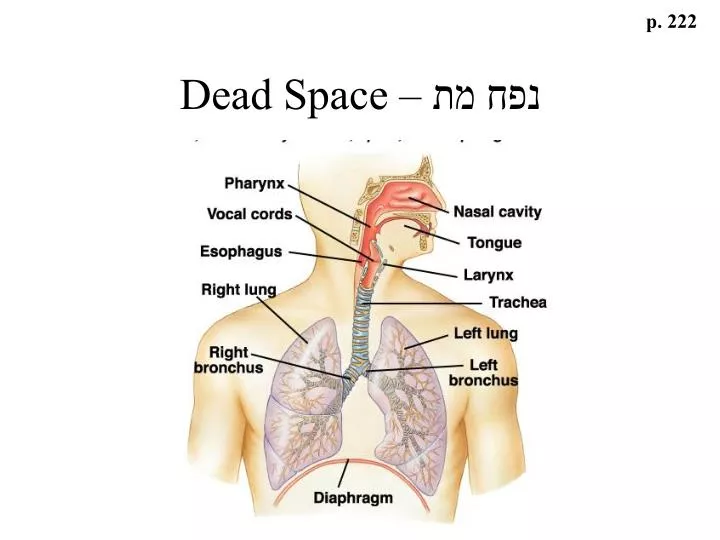

Maintenance anesthesia consisted of inhalational agent without nitrous oxide. Tidal volume was set at 7 to 10 ml/kg with 5 cm H 2O positive end-expiratory pressure, and respiratory rate set so as to achieve an end-tidal carbon dioxide partial pressure (P etco 2) of 25 to 35 mmHg, with an inspired to expired ratio that ensured a smooth and flat phase 3 plateau on the capnogram. After intravenous induction of anesthesia and tracheal intubation, the patient was connected to a circle breathing system with fresh carbon dioxide absorber to eliminate carbon dioxide rebreathing.


In both series, anesthesia management consisted of routine patient cardiovascular monitoring with peripheral arterial and pulmonary artery catheters, along with continuous tidal gas concentration monitoring and arterial and mixed venous blood gas analysis on at least one occasion in the precardiopulmonary bypass period. 16 The second series was conducted at the Austin Hospital, Melbourne, Australia, from 2017 to 2019, after ethics review and approval (HREC/16/Austin/419, October 21, 2016), and recruited 30 patients who received sevoflurane (n = 10), desflurane (n = 10), or isoflurane (n = 10) in similar fashion, with all data collected prospectively for the purposes of the current study. This study was conducted to measure the time course of alveolar-capillary uptake rate of these volatile agents using the direct Fick method, and results of this study from 28 of these patients were previously published. With institutional review board approval (METC97/114 A/mF, 1997), the first series was conducted at Catharina Hospital, Eindhoven, The Netherlands, and Onze-Lieve-Vrouw (OLV) Hospital, Aalst, Belgium, from 1997 to 2000, and recruited 32 patients who were sequentially allocated to receive maintenance phase inhalational general anesthesia with halothane (n = 11), sevoflurane (n = 11), or isoflurane (n = 10). In both series, data were obtained from patients undergoing elective cardiac or thoracic aortic surgery, with no history of acute or chronic respiratory disease, who were recruited with written informed patient consent.


 0 kommentar(er)
0 kommentar(er)
